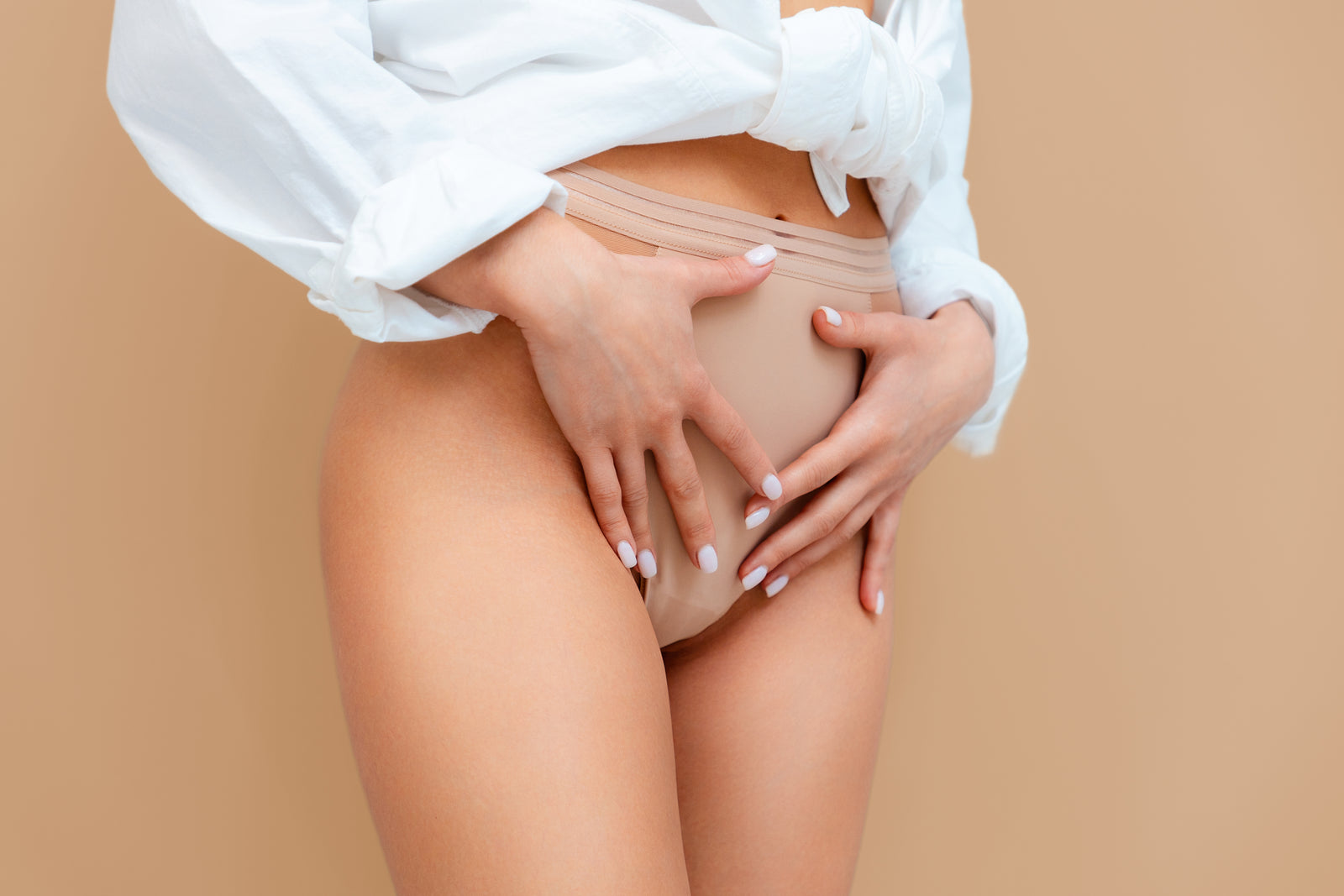
Despite social and scientific advances, the female genitalia remains one of the most misunderstood parts of human anatomy. For both men and women, the vagina seems to hold a certain mystery. But we’re here to dispel the rumors and myths about your sweet spots! So, we put together a list of the most common vaginal myths and why they just aren’t true.
Myth 1: ‘Vagina’ is a Catch-All Term
The wordvaginais commonly used to refer to everything below the belt. But the truth is, the vagina is just one part of the female genitalia - it’s the internal tube connecting your uterus to the outside world. The collective term for the visible parts of the female genitalia is vulva. The vulva includes the mons pubis, clitoris, urethra, labia majora, labia minora, vaginal opening, and anus.
Myth 2: Your Sweet Spots Shouldn’t Smell
Your sweet spots are supposed to have a scent. In fact, the way your sweet spots smell is completely unique to you. Just like body odor anywhere, odor “down there” is a totally normal part of life! That being said, some odors can indicate a more serious issue. So if you notice a change in your vaginal odor or a strong fishy smell, you may want to consult your medical provider.
Intimate cleansing is a personal choice, but we’re here to tell you there’s no shame in your game. Whether you use a pH-balanced intimate wash every day or you’re more of a soap-and-water-only kind of person, you do you! Just remember, keep the cleansing to the vulva (outside) only. Douching can seriously disrupt your vaginal flora so steer clear.
Myth 3: Visible Labia Means You’ve Had a Lot of Sex
The size, shape, color, and length of your labia has absolutely nothing to do with sexual activity. Some people just have labia minora (inner lips), that are longer than their labia majora (outer lips). In fact, 56% of women have an “outie,” making this vulva type the most common. Terms like “loose lips,” “meat flaps” and “roast beef” are not only insulting and hurtful, but are just flat out uninformed. If you’re looking for more labia positivity, check out our friend and unofficial outie spokeswoman Gaby @gabygabss.
Myth 4: Discharge Means Something is Wrong
Discharge is a normal part of life for anyone with a vagina. The vagina is a self-cleaning organ, and discharge is a natural byproduct of that process. So if you see discharge on the toilet paper after wiping or in your underwear, it’s generally a sign that your vagina is doing its job! The color, consistency, and smell of your discharge is often our first indicator of vulvovaginal health. If you notice vaginal discharge that’s out of the norm for you, consult your medical provider.
Myth 5: Your Sweet Spots Look the Same Your Whole Life
Like any other part of our body, the vulva changes in appearance over the course of our lives. Before we hit puberty, the labia minora are not visible, pubic hair is not present, and our tissues are relatively dry. During puberty, we begin to develop pubic hair and natural lubrication (including discharge). We may also see our labia change in color, size and shape. When we reach menopause, the vulva reverts back to its prepubescent state in many respects - drier tissues, thinner and smaller labia and we even lose pubic hair.
This website is for informational purposes only and not to be considered as medical advice. This information is not intended to diagnose, prescribe, treat, or cure any medical condition.



